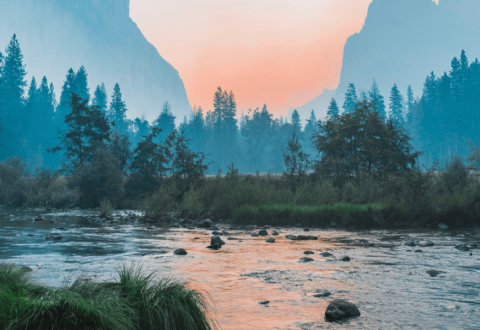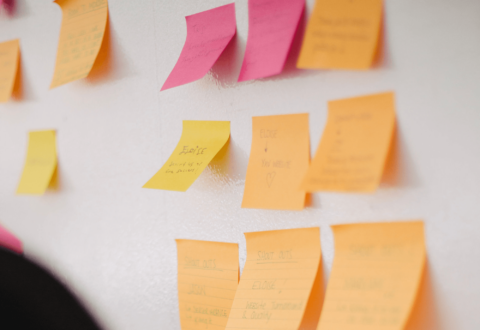Crafting great events and conversations that fully reflect the diversity and complexity of our world doesn’t happen by accident. Diversity of perspective — based on a multitude of factors including race, class, gender, age, occupation, and more — requires intentionality in selecting speakers and topics, and an understanding of outreach techniques that contribute to success.
Ensuring panels and events are diverse is an excellent way to create more than merely great conversations for hosts, participants and audience members. From a PR perspective, it widens the number and type of storylines that can be drawn from the event. It also increases the potential social reach of materials shared, since a more heterogeneous group may have diverse personal spheres of influence. For hosts, it can increase understanding of user groups, expand donor databases and boost future attendance. For the participants, the opportunity to expand their networks (perhaps unearthing new business opportunities for their respective companies) can be invaluable.
The Emily Griffith Foundation recently came to CSG for assistance in creating a top-notch workforce development conference. We knew we would need to develop a diverse panel of experts in order to facilitate a robust conversation that deeply explored the issues of pathways, perception and placement. We therefore researched numerous industries and educational institutions that could provide unique perspectives on the issues. We also investigated company leadership teams and developed a highly targeted list of potential speakers, taking care to ensure a vibrant mix of male and female speakers, people of color, different geographic perspectives, and other factors. Critically, we also used personalized outreach to help each panelist understand why his/her unique perspective had been requested.
The resulting event was a great success, fueling rich and actionable conversations about the challenges facing the United States around workforce development. More specifically, participants explored how to expand opportunity for students to engage with rewarding vocational and non-collegiate opportunities. The results of this discussion will be used to create a white paper that will be shared with media, aligned organizations, and policymakers, with the hope that it will provide insight into this complex issue and spur conversations about national workforce infrastructure. But the conversations won’t stop there. We were privileged to watch many of our panelists make new professional connections and dream up creative ideas for the future — all because they crossed paths with people with different perspectives and shared passions.
Great events are worth the great effort it takes to create them — we can help.


